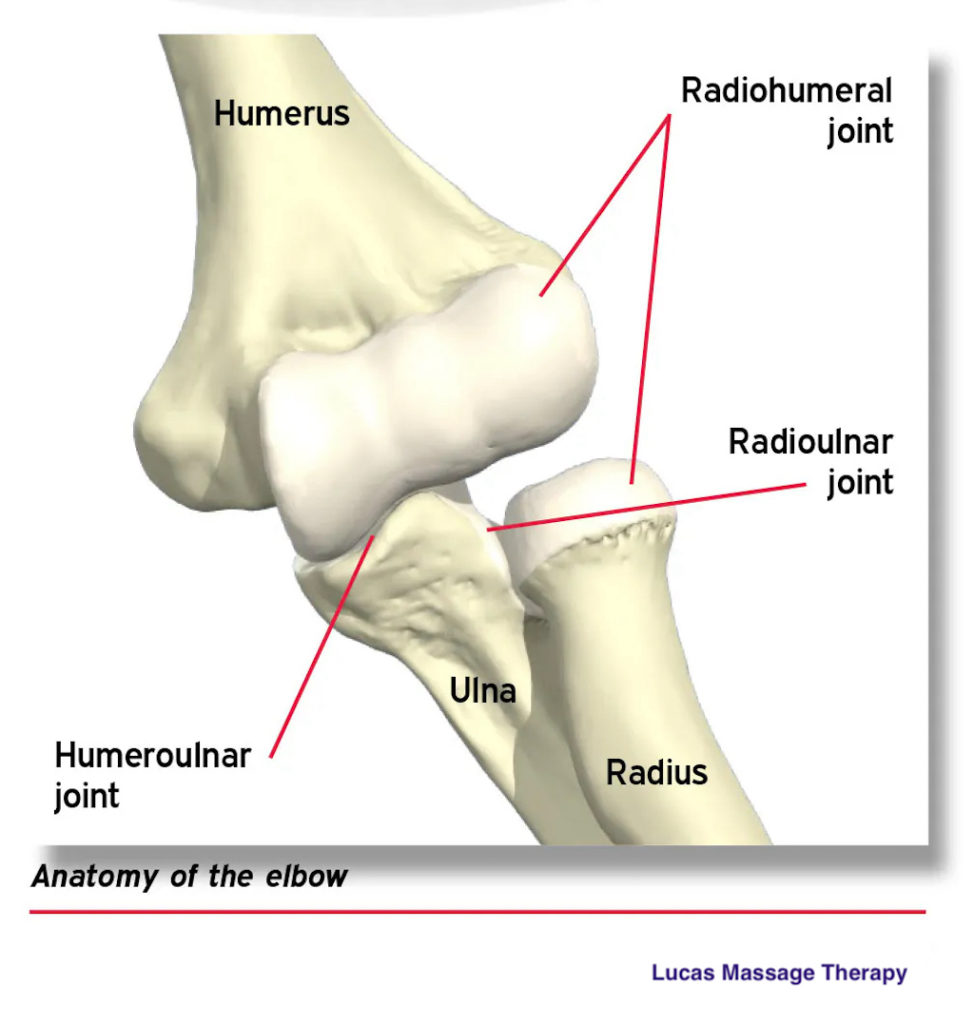An elbow fracture is a break involving any of the three arm bones. They work together to form the elbow joint. Fractures may occur as the result of a fall onto the elbow of a force striking the elbow during athletics. The injury is common in many sports, especially contact sports like football. Fractures can be classified as radial fractures, distal fractures and ulnar fractures. The most common fracture is the radial head.

Cause of injury
Falling on the elbow. Direct trauma to the elbow. Torsion of the elbow beyond its normal range.
Elbow fracture symptoms
Includes pain and swelling in the elbow. Deformity because of bone fracture of the elbow. Loss of arm mobility.
Complications unattended
Without therapy bones of the fractured elbow can fail to properly heal and at times fuse in misalignment. This may cause long-term deficits in range of motion and strength. It also can increase vulnerability to re-injury and deformity of the joint.
Elbow fracture treatment
Applying ice to the area that is swollen. Immobilize the arm in a splint or sling before seeking an emergency.
Elbow fracture rehabilitation and prevention
Elbow fractures are difficult to prevent and occur from accidental trauma. Avoid any athletics during the fatigue period. The elbow protection with padding is prudent.
Furthermore, bone-strengthening exercises and consuming calcium can help avoid fractures.
Long-term prognosis
Prospects for elbow fractures vary depending on the severity and the nature of the fracture in addition to the age and history of the athlete. Stiffening of arthritis, the elbow joint, non-union or malfunction of bone is possible. Although the recovery process requires, in the case of elbow fractures recovery could be expected.
How to prevent injury
The goal of important sports performance is staying injury-free. There are a number of tips that will help you prevent sports injuries. When you follow that proper routine, they can reduce by 50%.


